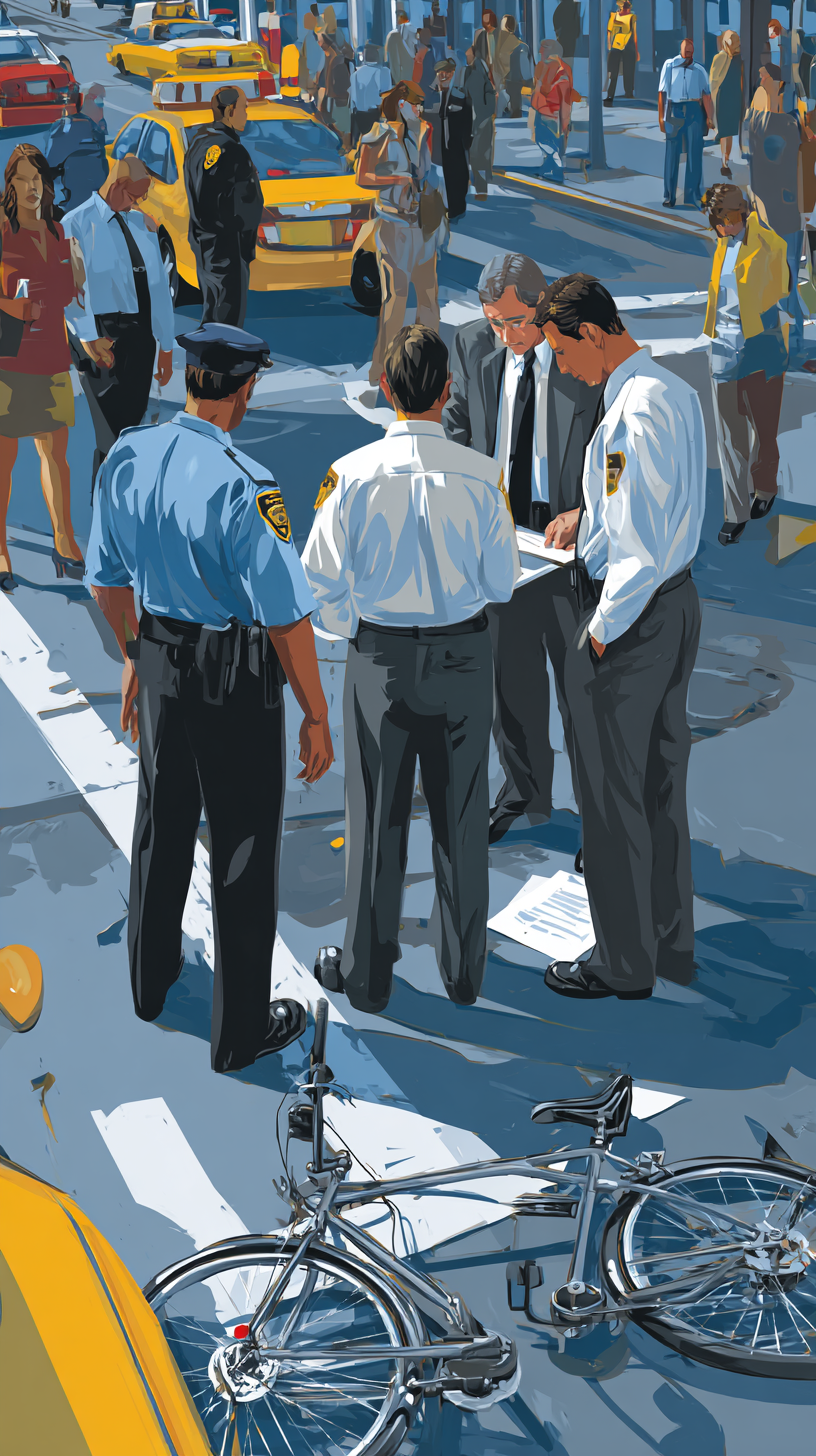Shehab v Powers, 2017 NY Slip Op 03790 (2d Dept. 2017)
“Information in a police accident report is “admissible as a business record so long as the report is made based upon the officer’s personal observations and while carrying out police duties” (Memenza v Cole, 131 AD3d 1020, 1021; see Matter of Chu Man Woo v Qiong Yun Xi, 106 [*2]AD3d 818, 819; Yeargans v Yeargans, 24 AD2d 280, 282). Conversely, information in a police accident report is inadmissible where the information came from witnesses not engaged in the police business in the course of which the memorandum was made, and the information does not qualify under any other hearsay exception (see Matter of Chu Man Woo v Qiong Yun Xi, 106 AD3d at 819; Holliday v Hudson Armored Car & Courier Serv., 301 AD2d 392, 396).
Here, the Supreme Court did not err in redacting certain information from the police report with respect to the location of the accident. There was insufficient evidence at trial to demonstrate that the disputed information was derived from the personal observations of the responding police officer, who did not witness the subject accident (see Wynn v Motor Veh. Acc. Indem. Corp., 137 AD3d 779, 780; Memenza v Cole, 131 AD3d at 1022; Noakees v Rosa, 54 AD3d 317, 318; Gagliano v Vaccaro, 97 AD2d 430). Moreover, the court did not err in precluding the plaintiff from cross-examining his own witness, the responding police officer, with respect to the accident location”
The police report many times is a vital piece of information in PI cases. The rules regarding their admissibility becomes a hot bed of issues.









